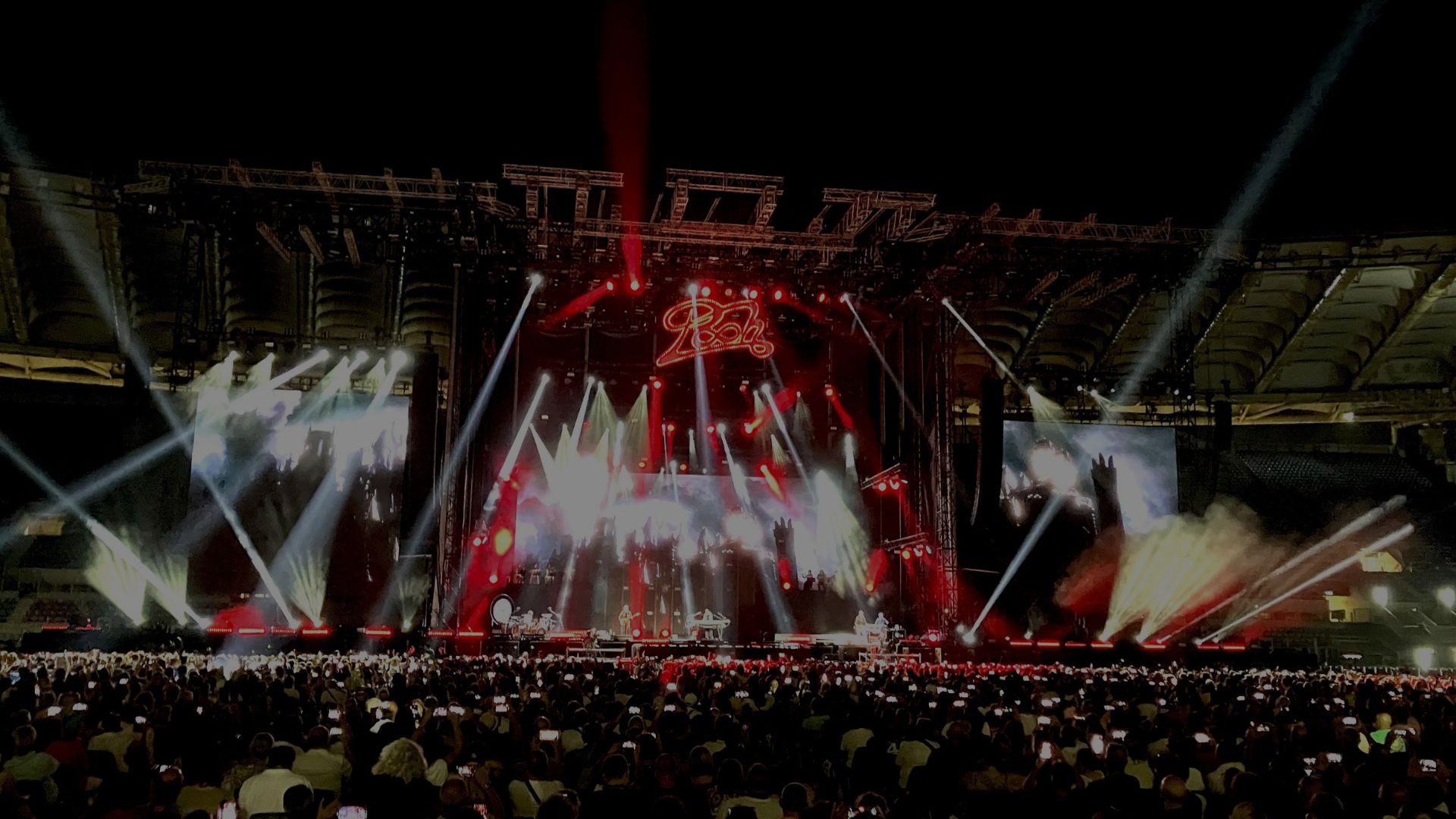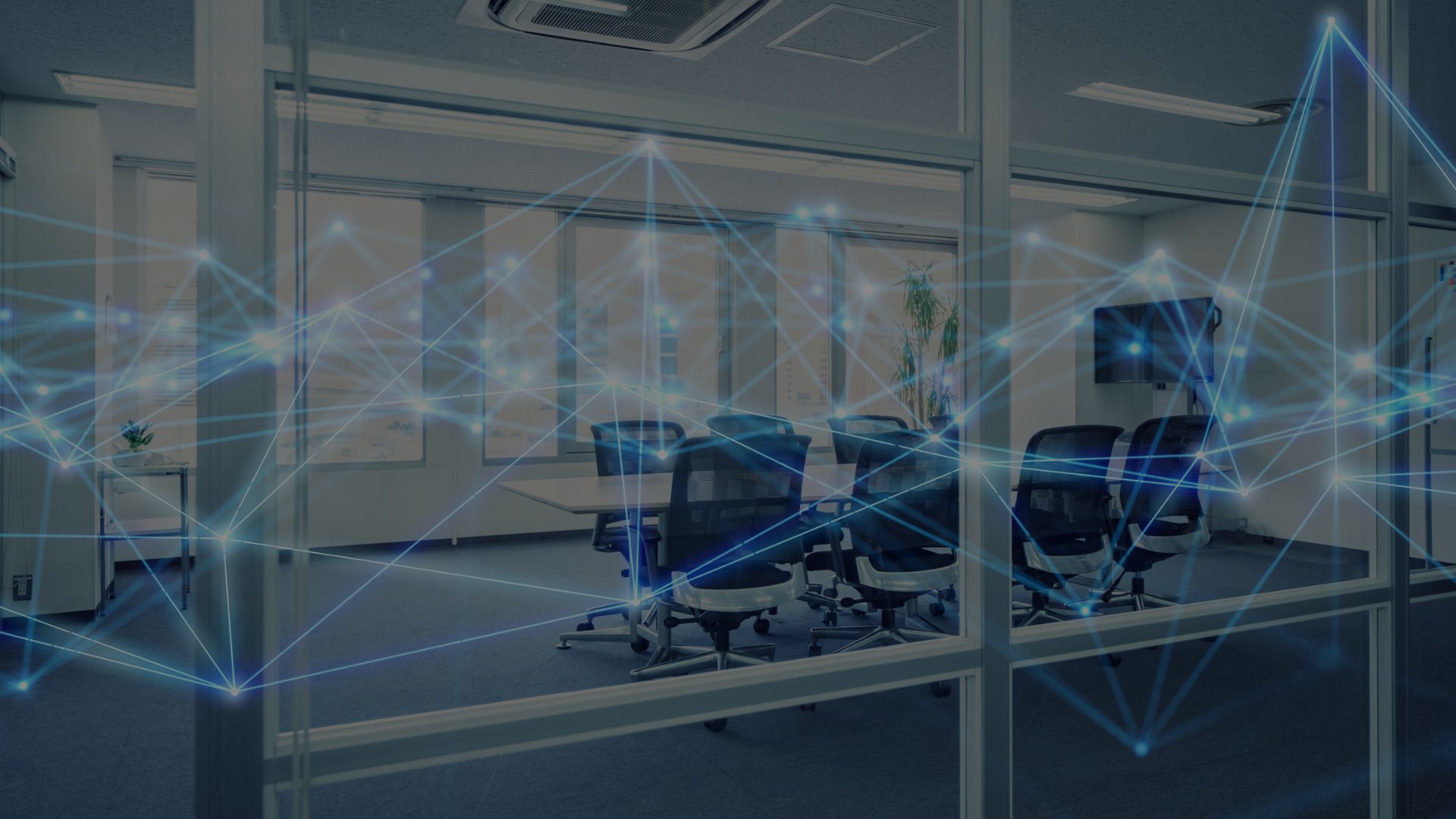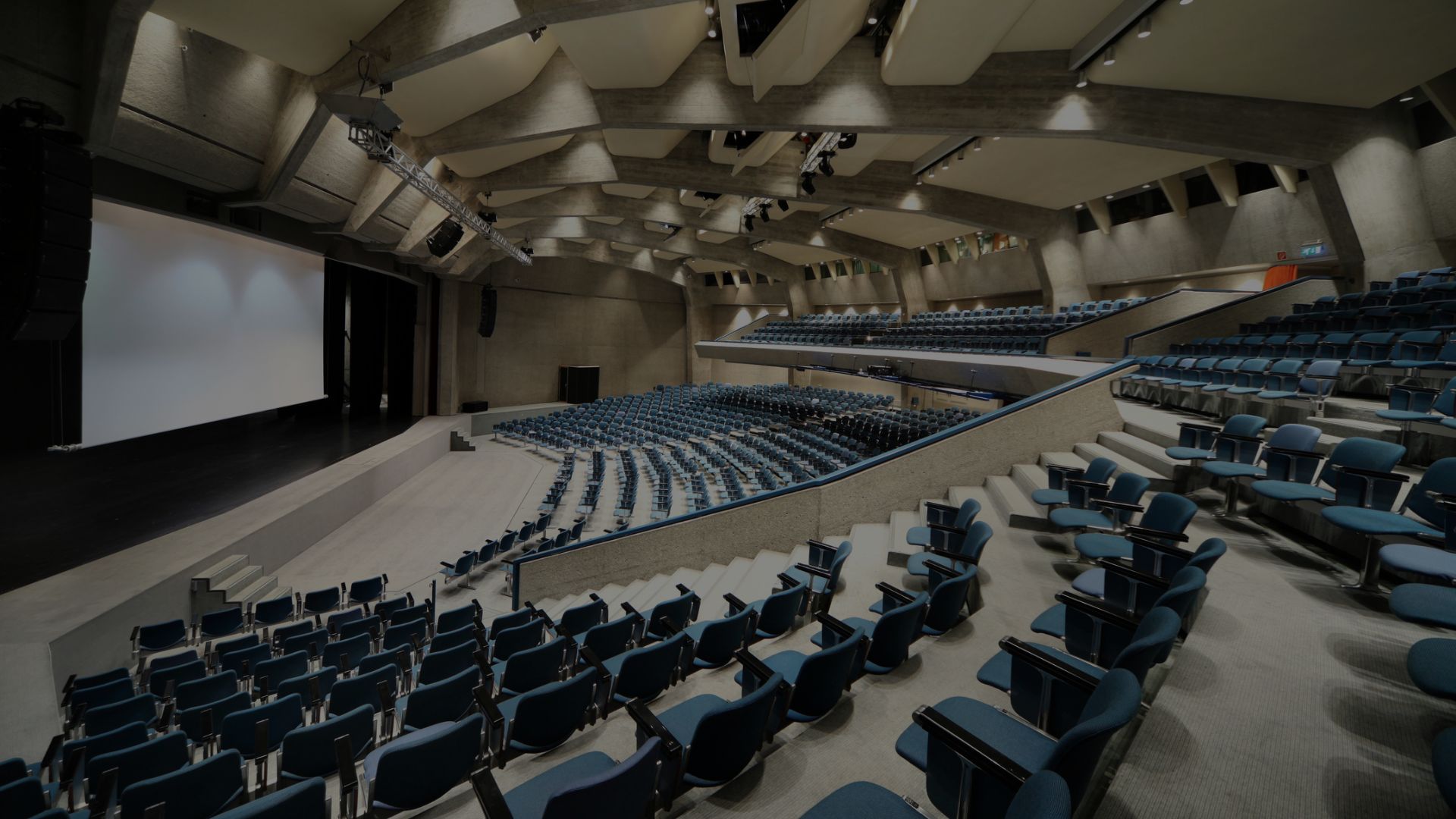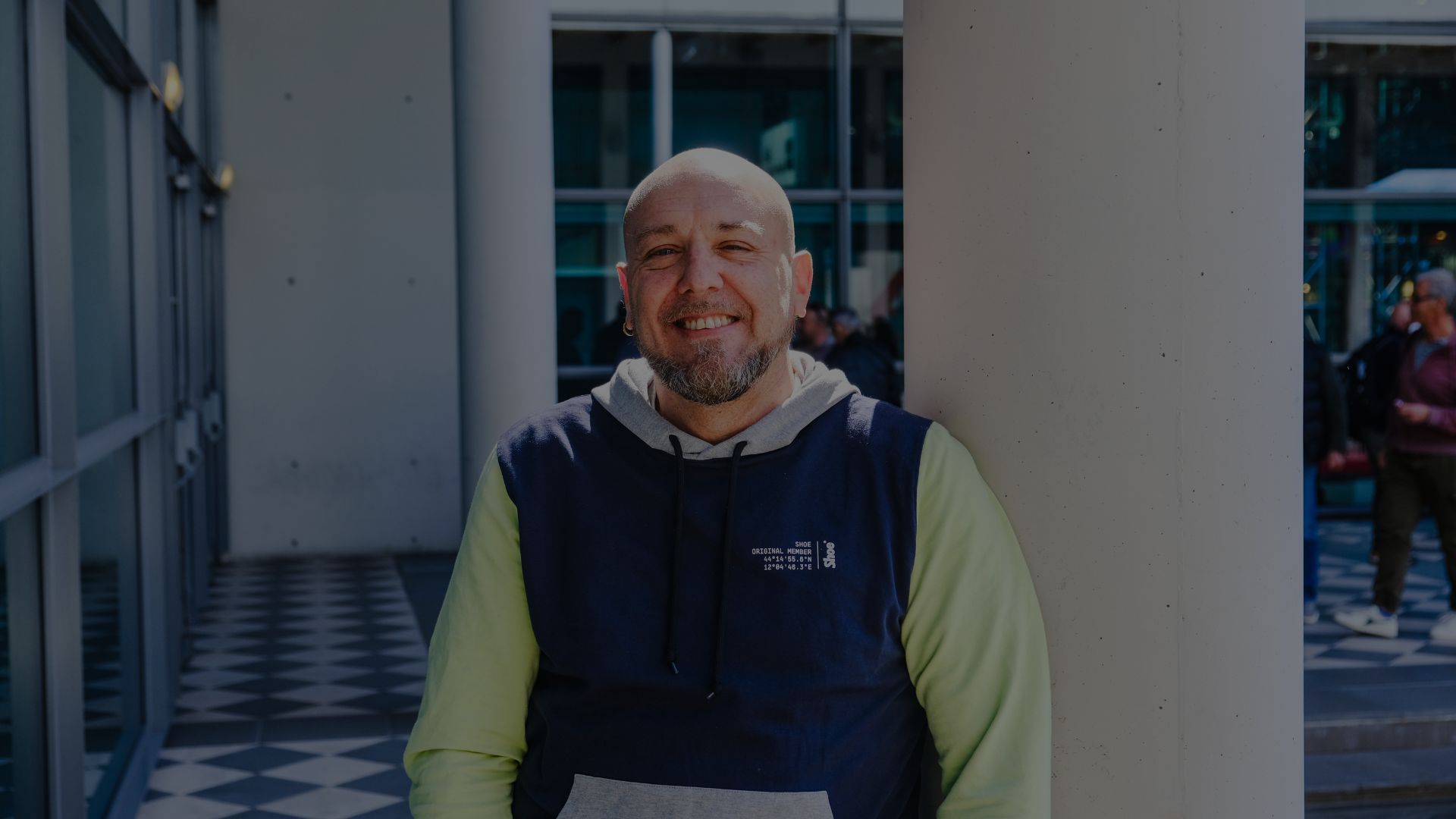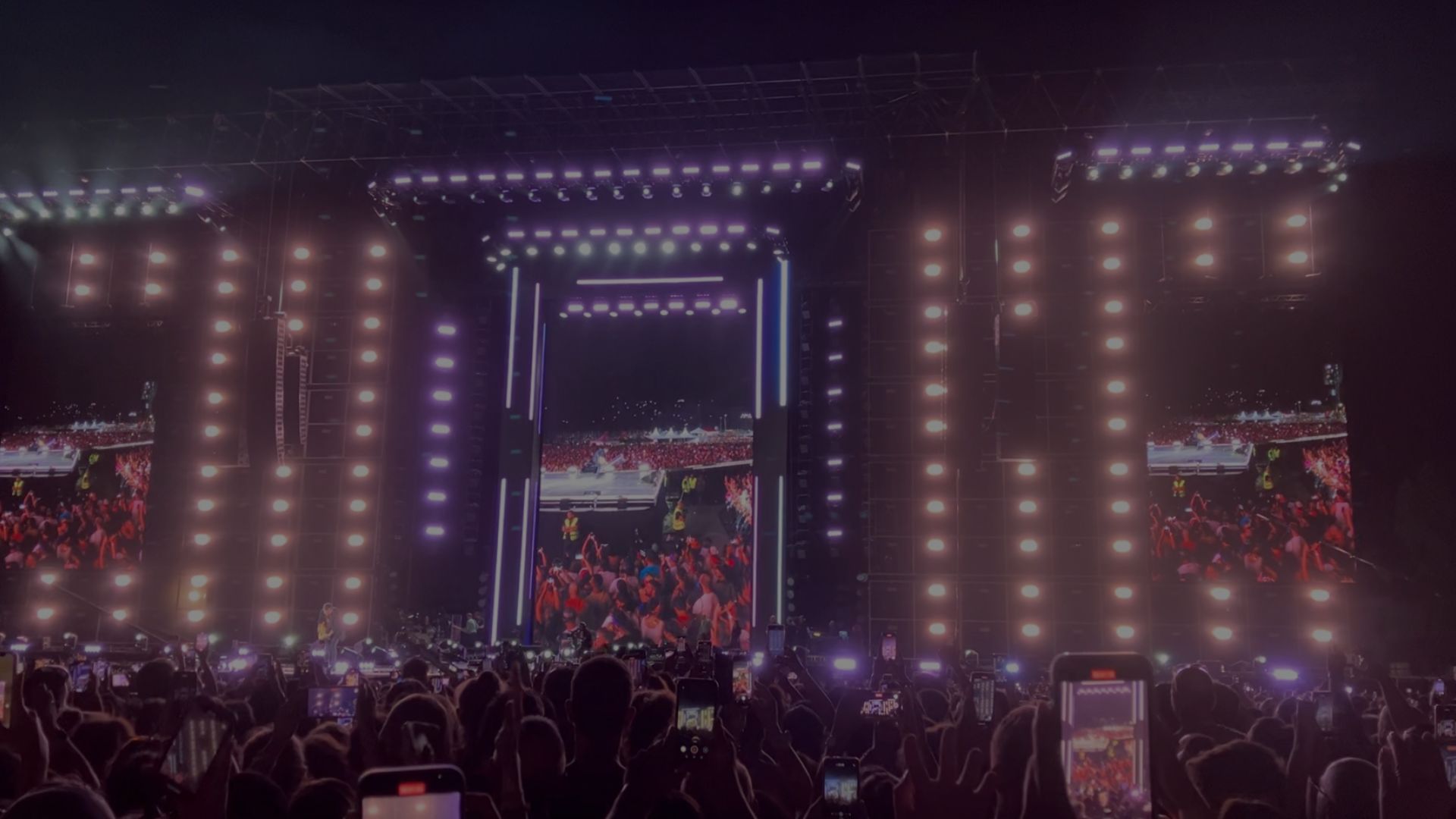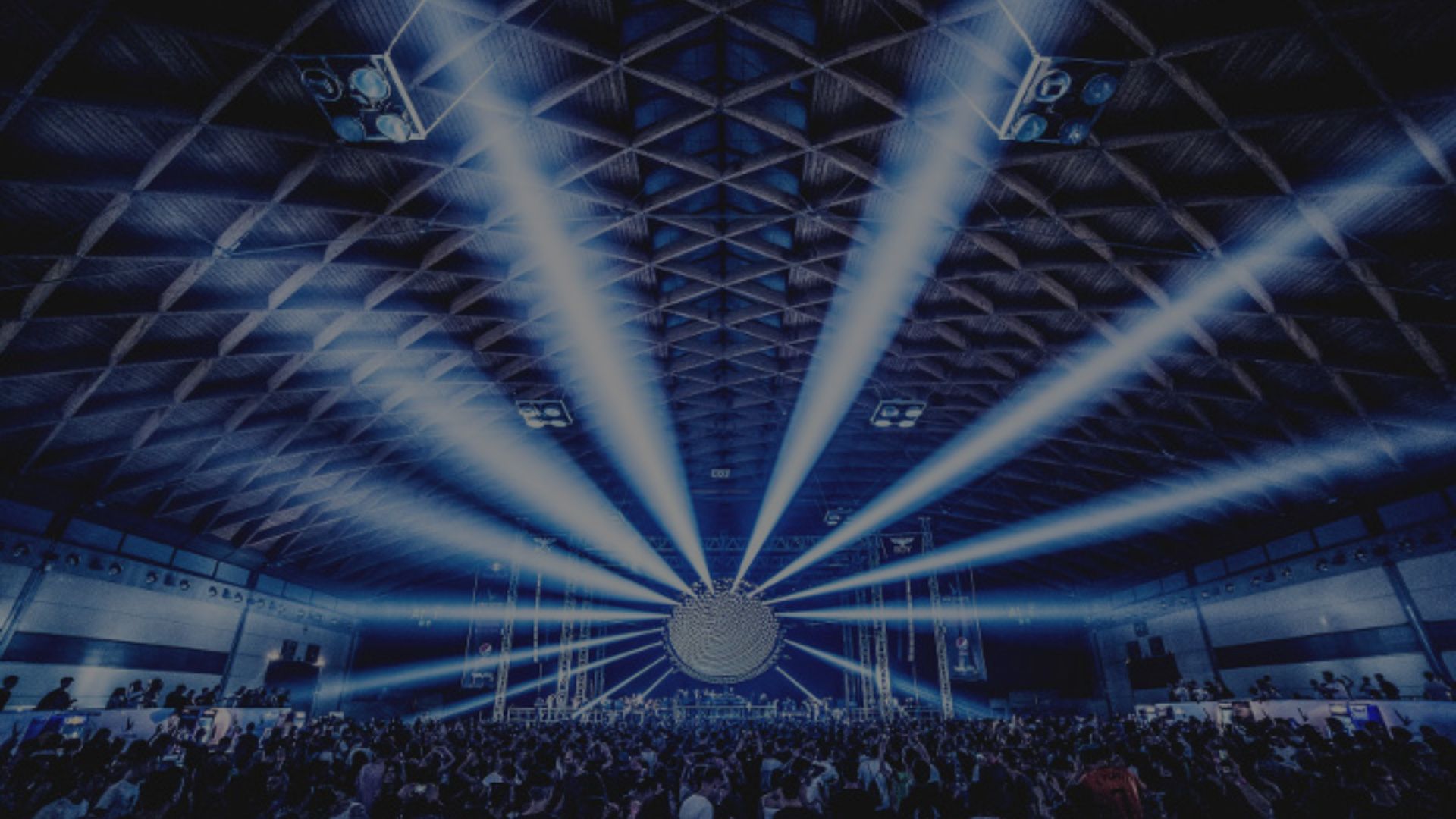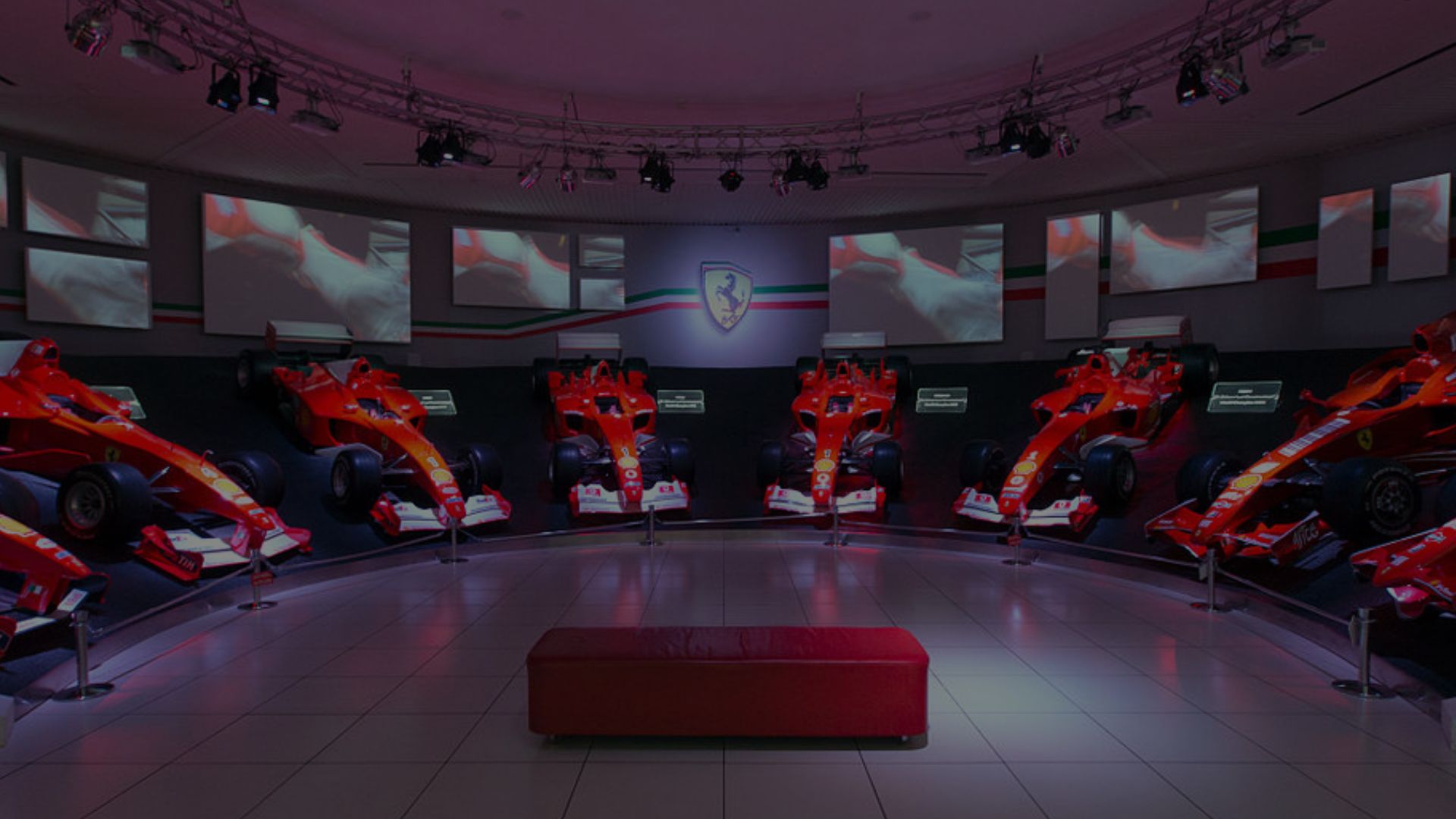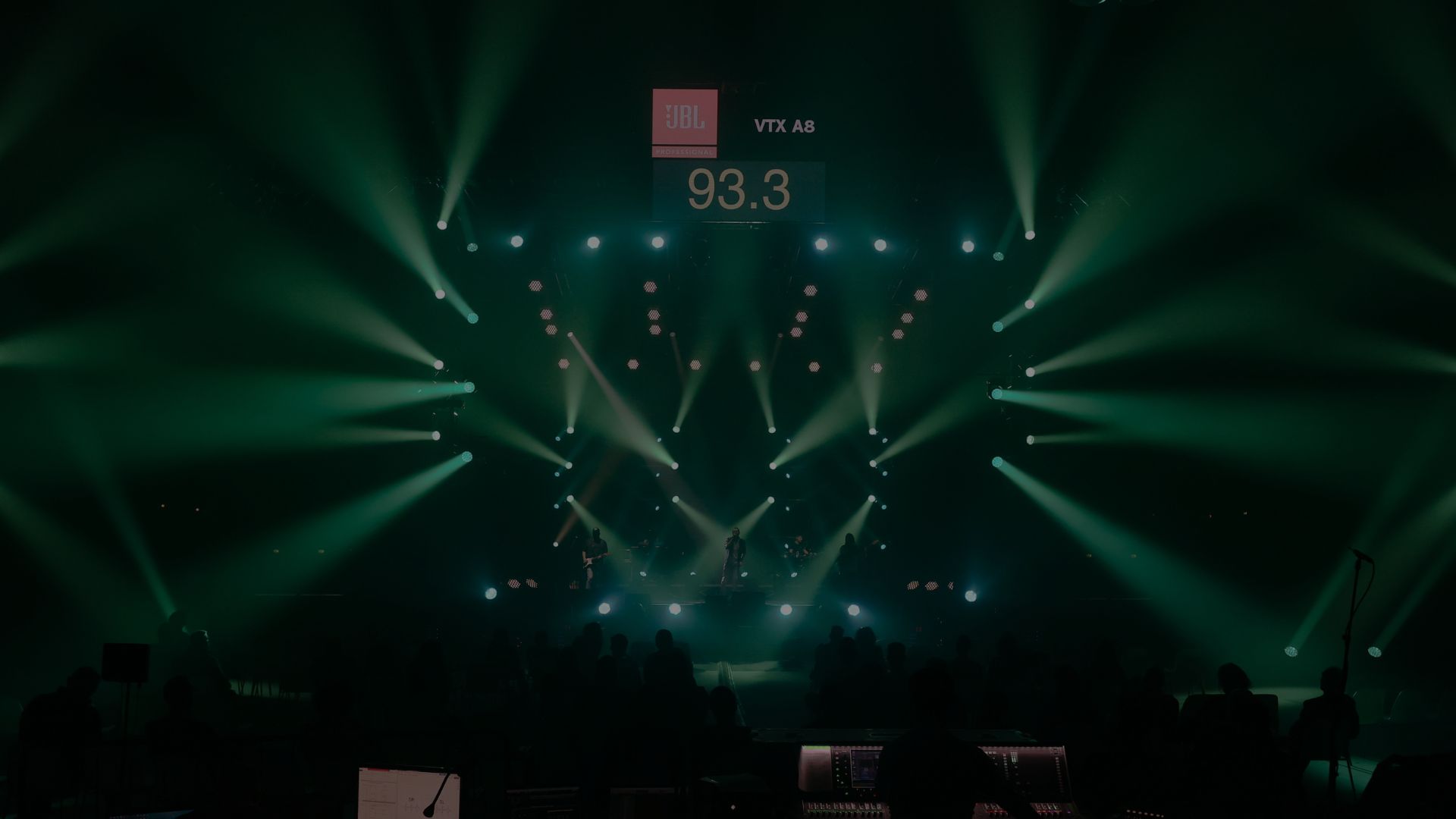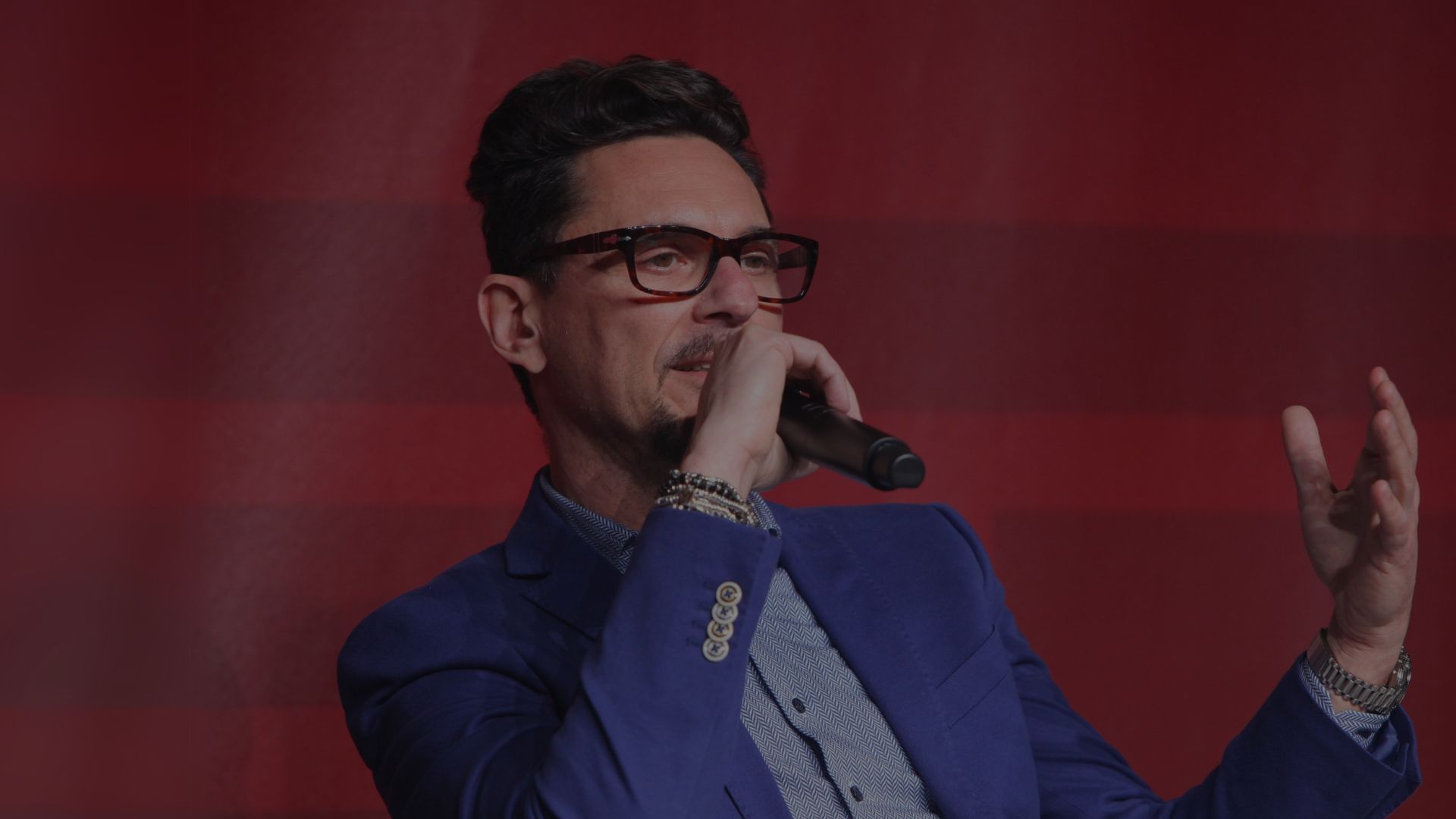A technical profession often labeled as “nerdy,” sound engineering is not only about studio skills and staying up-to-date with the latest hardware and software — it’s also about musical culture, creativity, and sensitivity. The role of the sound engineer is crucial to the artistic success of any production: their work can quite literally make or break a musical project.
We spoke about all this — and much more — with Alex Trecarichi, a renowned producer and sound engineer whose credits include Max Pezzali, Fedez, Elio e Le Storie Tese, Fatboy Slim, Cassius, Kanye West, Francesco Gabbani, Biagio Antonacci, Nek, The Kolors, Paola Turci, Thomas, and many others. Alex has been involved in countless productions, handling recording, mixing, mastering, arranging, producing, and performing instruments for top Italian artists and TV shows. He has also served as an instructor at S.A.E. Milan, I.E.D., and other professional institutes.
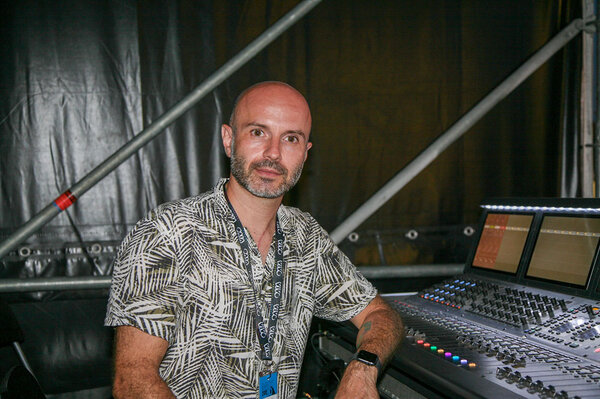
Q: You were born in ’77, and over the past 20 years you've worked on countless projects across various genres. How did you get started? Was there a defining moment that led you to this career?
A: Like many teenagers, I started playing in alternative rock bands when I was 14. Music had always been a passion. Later, I studied modern guitar and voice. So, I wouldn’t say there was a single defining moment — it was more of a natural choice. After high school, I simply pursued an educational path that would allow me to work in the music industry.
Q: Your studio in Milan, Monodynamic, has been active for over a decade and hosted many artists, DJs, producers and bands from different genres. Which one feels most aligned with your personal taste?
A: I’ve worked in pop for many years, but my musical background is rooted in electronic music. That’s why I feel most connected to modern pop with strong electronic influences. That said, over time I’ve learned to set aside my personal taste when needed — I always try to adapt to what's best for the artist I'm working with.
Q: How important is it for a sound engineer to be familiar with the artist’s genre?
A: It’s absolutely essential. Every genre needs a different treatment. You can’t mix a rock track and a trap track the same way by just copying your usual signal chains — the proportions and techniques change. Creating synergy with the artist and understanding their sonic universe is vital in this profession.
Q: So, is the sound engineer a key to the success of a track? How much influence do they have?
A: Let's start with a relatable example that shows the artistic value of this profession: in the U.S., mixers are even entitled to "secondary rights" — royalties from copyright earnings. In Italy, that doesn't happen. I personally hear a lot of sloppy work even in chart-topping tracks — songs mixed at home using presets or pre-made loops, sometimes with harmonic clashes, but still released because "it’s fine like that." Well… it’s not fine.
The engineer has real weight in the success of a track. Of course, today’s streaming audience often listens through smartphone speakers or budget Bluetooth devices, so detail and sonic depth don’t always take priority — especially among younger producers who often don’t play instruments. But in the long run, attention to detail always wins. I’ve always believed that behind a great song there’s a great artist, a great producer, and a great engineer. It has always been this way in music history.
Q: The studio is the engineer’s instrument. After years of experience, is there one piece of gear you can’t live without?
A: Things have changed massively in the last 5–6 years. When I started, mixing an album entirely in the box was unthinkable. Today, like many colleagues, I do almost everything with software — even though I have hardware in the studio, I rarely turn it on.
I've invested heavily in plugins. There isn’t one that’s absolutely essential — I’d say there are at least ten I couldn’t do without. Brands I rely on most include Acustica Audio, Universal Audio, Plugin Alliance, and amazing tools from Oeksound and Soundtheory.
Recording is a different story — there's still a noticeable gap between the preamps and processing on audio interfaces and high-end studio outboard gear.
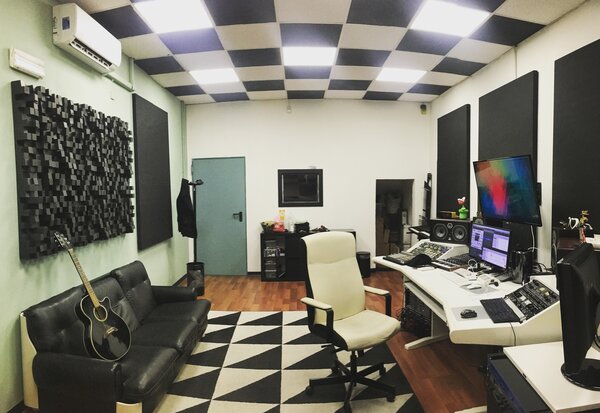
Q: Tech and music consumption evolve rapidly. What advice would you give young artists preparing tracks for digital platforms?
A: Sometimes, people who master tracks at home have no clue about platform-specific requirements. For instance: it’s common knowledge that Spotify normalizes tracks to -14 LUFS, but few know it uses -11 LUFS for Premium users, and that normalization doesn’t apply to TV apps or web players. Also, hardly anyone leaves 1 dB of True Peak headroom to avoid distortion during lossy compression.
My advice? Check the target platform’s specs and use tools to preview how your track will sound once uploaded. There are many, but I recommend:
-
ADPTR Streamliner
-
Sonnox Pro-Codec V2
-
Youlean Loudness Meter Pro
-
Loudness Penalty
These tools help you avoid surprises and deliver your music professionally.
PUBLICATION
16/10/2023
Audio professioni

